For the latest instalment of our regional artists series we head to North East England to explore those artists who have based their practices in the region, where influences span from the beauty of the Northumberland coastline, to the working class reality of industrialisation.
 Above: a watercolour view of Barnard Castle by Joseph Mallord William Turner, 1825
Above: a watercolour view of Barnard Castle by Joseph Mallord William Turner, 1825
If you are interested in learning about other British regions and their artists, head over to our previous articles on Cumbria, Scotland, Wales, Kent, Cornwall and The Cotswolds.
William Beilby (1740-1819)
Watercolourist William Beilby was also revered for his enamel and glass work, he was the first man in England to have fired enamel in the early 1760s. Beilby was strongly influenced by the thriving glass industry surrounding him since childhood, in Newcastle upon Tyne and the greater region. The North East is renowned for its involvement in this industry, from historic monastic stained glass, to the continued celebration of this rich local history in Sunderland’s National Glass Centre today.
 Above: a selection of William Beilby’s northern landscapes
Above: a selection of William Beilby’s northern landscapes
Ralph Hedley (1848-1913)
A realist painter, Hedley chose as his subject scenes of everyday life, which often included the trials faced by the locals. In a time of widespread poverty amongst the working class, Hedley drew on his own experiences and those of his loved ones, depicting mining communities, families, workers, the unemployed and young children at work; his practice became a powerful portrayal of the poor. Amongst his most well-known works was his depiction of two miners at the end of their shift, Going Home, 1888, which later became a very successful print.
Thomas Miles Richardson (1784-1848)
Born in Newcastle upon Tyne, Thomas Miles Richardson trained as an engraver and cabinet maker in his hometown, before becoming a landscape painter in his later career. Primarily a watercolourist, Richardson often painted the scenic landscapes of the Borders, though he was also known to take both Newcastle and Gateshead as subjects. This said, he received minimal recognition within Newcastle during his lifetime, despite his acceptance into the Royal Academy. Richardson also had an important impact through his central role in setting up the Northern Society of Painters in Water Colours, which became beneficial for many talented watercolour artists during his lifetime and far beyond.
 Above: detail from Rocky Landscape with Fort by John Miles Richardson
Above: detail from Rocky Landscape with Fort by John Miles Richardson
Norman Cornish (1919-2014)
Norman Cornish is one of the North East’s most widely known and revered artists, with his truthful depictions of mining and working-class life remaining highly admired. Born in Spennymoor, County Durham, Cornish himself remained a miner throughout the majority of his artistic career, documenting the life and environment around him – the life which he too lived. Cornish wrote of this in his memoir, in which he accepted that his works may eventually become historical documents of the place and way of life he was watching change, and to a great extent disappear.
While Cornish received no official artistic training, he became a member of his local sketching club at just fifteen. The group stirred significant public attention during their annual exhibitions, dubbed by the press as the ‘Pitmen Academy’. His personal artistic techniques and media varied throughout his career, however in later life Cornish became drawn to the immediacy and boldness of Flo-Master marker pens which allowed him to create directly on site. Our team recently restored a portrait by Cornish, the appearance of the artwork before and after can be seen below.
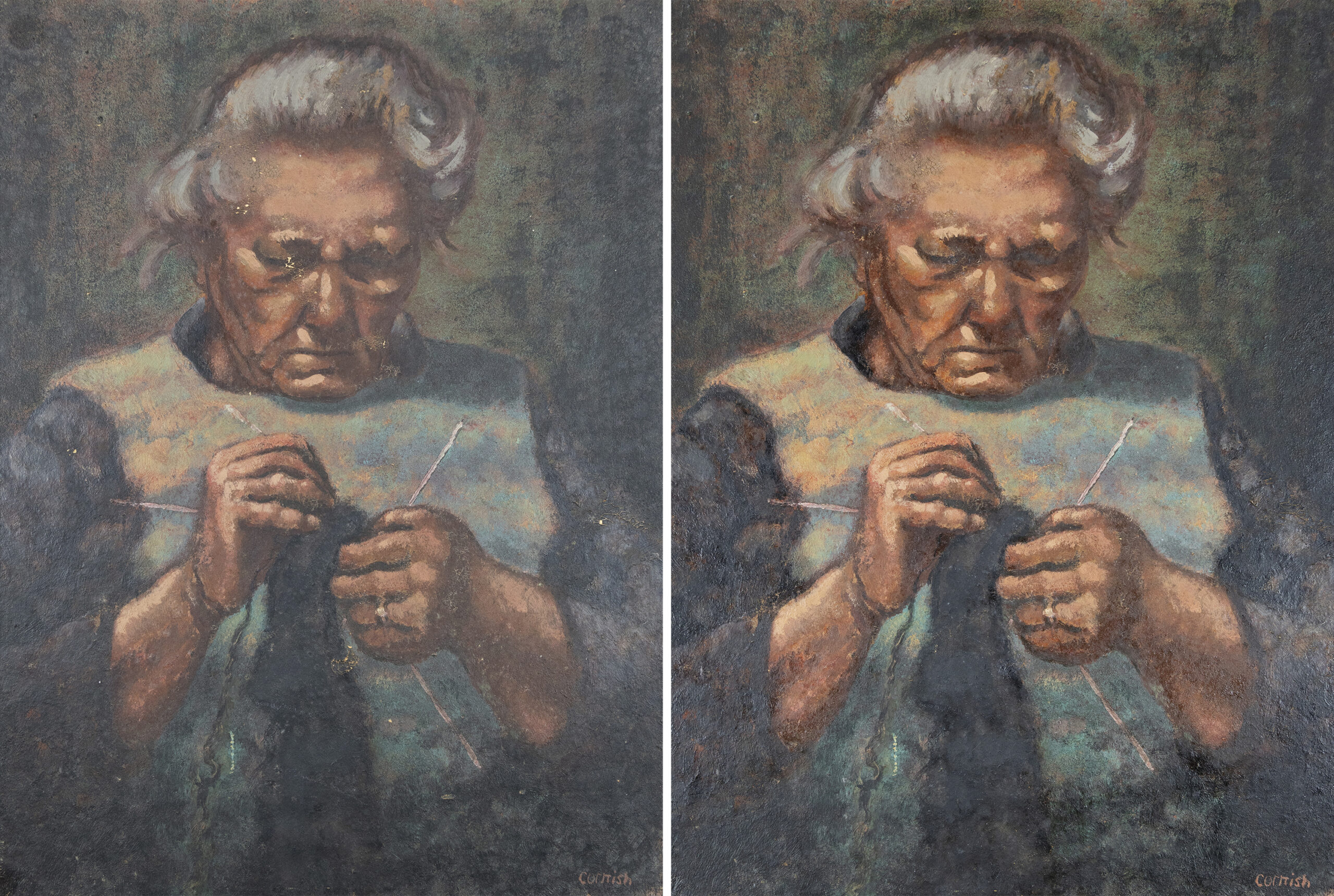
Thomas Bewick (1753-1828)
A wood engraver and naturalist, Thomas Bewick’s work reflects his love of the Northumberland countryside in which he grew up and continued to work throughout his lifetime. He began his career as an intern of engraver Ralph Beilby – brother of William – with whom he later produced a General History of Quadrupeds. Published in 1790, the book proved very successful, accurately depicting mammals from all around the world in woodcut form, and resulting in further publications on British bird species. Later in his career, Bewick turned to depictions of fables and moral tales, another interest he harboured from childhood. Most of Bewick’s work has remained in the North East, housed by the National History Society of Northumbria in Durham and Newcastle.
 Above: prints, watercolours and printing blocks by Thomas Bewick
Above: prints, watercolours and printing blocks by Thomas Bewick
The Ashington Group
Discussed with local endearment as the Pitmen Painters, the men making up the Ashington Group were, like Norman Cornish, miners themselves. They too created an important first-hand record of the daily experiences of mining life and accompanying struggles, with their work often discussed and admired as working men’s art. When the war began in 1939, they continued to explore the subject of daily life, depicting the effects and campaigns at home, including community shelters and the lives behind the Dig for Victory campaign.
Among the members were George Brown, George and Leslie Brownrigg, Jimmy Floyd, Andrew Foreman, John F. Harrison, Oliver Kilbourn, Andrew Rankin, Len Robinson and Harry Wilson. In this group setting, they met weekly in their hut to share and discuss what they were working on and experiment with new techniques. Though initially established as an art appreciation class in 1934 through the Workers Education Association, the class teacher Robert Lyon realised that the members should be learning through creating their own art, not solely through appreciation of the Great Masters. His encouragement for these men to express themselves and their experiences through painting remained at the forefront of their practice. The group exhibited in local galleries, with their first exhibition being in the Hatton Gallery in Newcastle in 1936, and a large collection of their work is now housed and displayed at Woodhorn Colliery Museum in Northumberland, well worth a visit.
 Above: detail from A View of Murton Colliery near Seaham County Durham by John Wilson Carmichael, 1843
Above: detail from A View of Murton Colliery near Seaham County Durham by John Wilson Carmichael, 1843
How can we help?
If you have any questions about any information in this article, or perhaps even have an artwork by one of these artists requiring restoration, please do not hesitate to get in touch. As part of our service we offer a nationwide collection and delivery service, including the North East of England.
E-mail us via [email protected] or call 0207 112 7576 for more information.

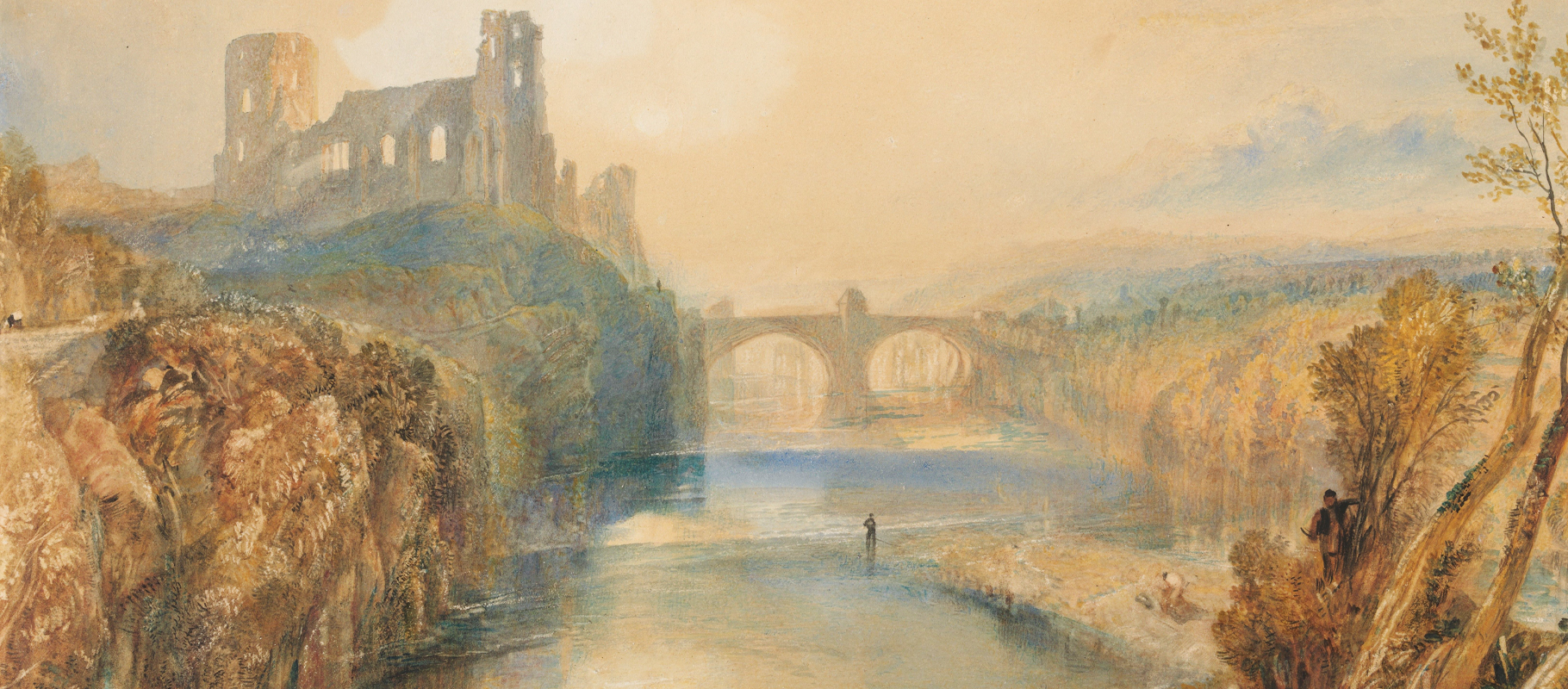 Above: a watercolour view of Barnard Castle by Joseph Mallord William Turner, 1825
Above: a watercolour view of Barnard Castle by Joseph Mallord William Turner, 1825 Above: a selection of William Beilby’s northern landscapes
Above: a selection of William Beilby’s northern landscapes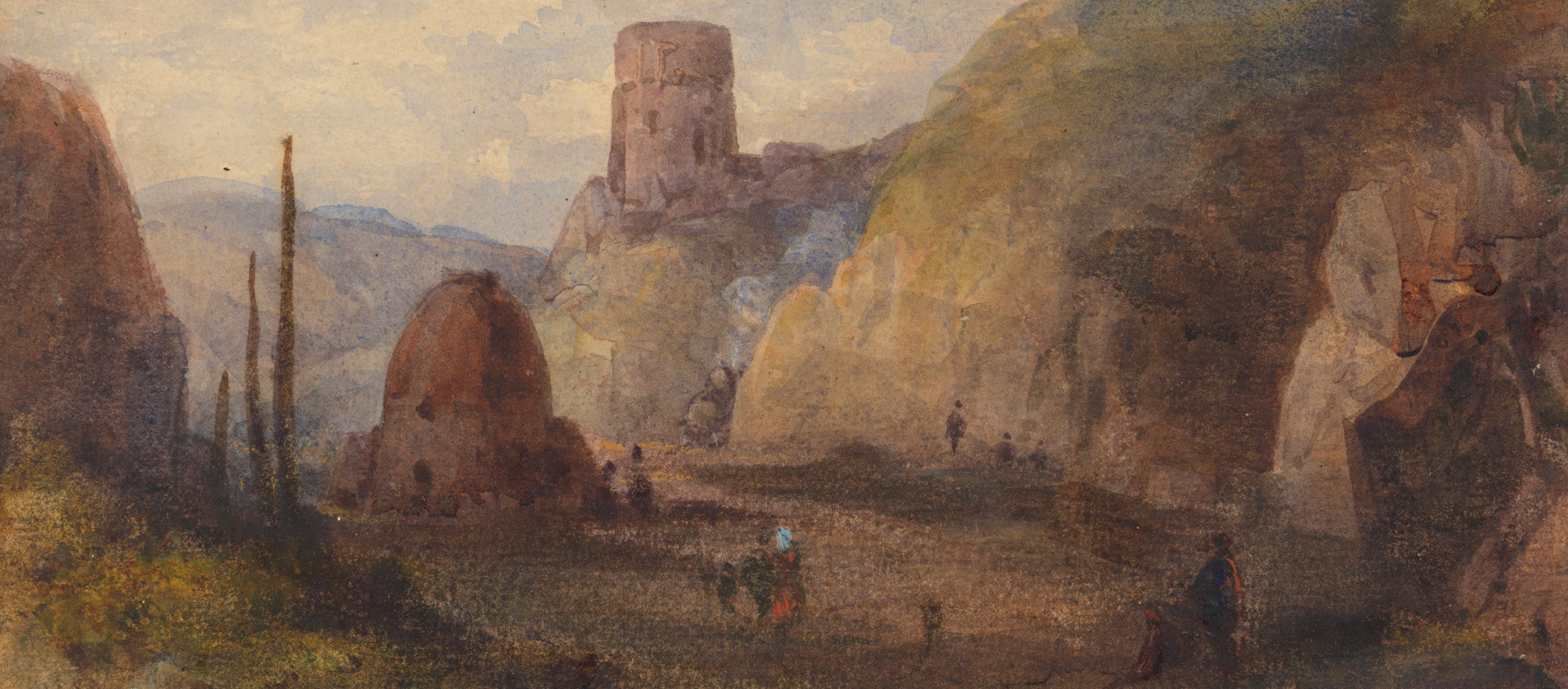 Above: detail from Rocky Landscape with Fort by John Miles Richardson
Above: detail from Rocky Landscape with Fort by John Miles Richardson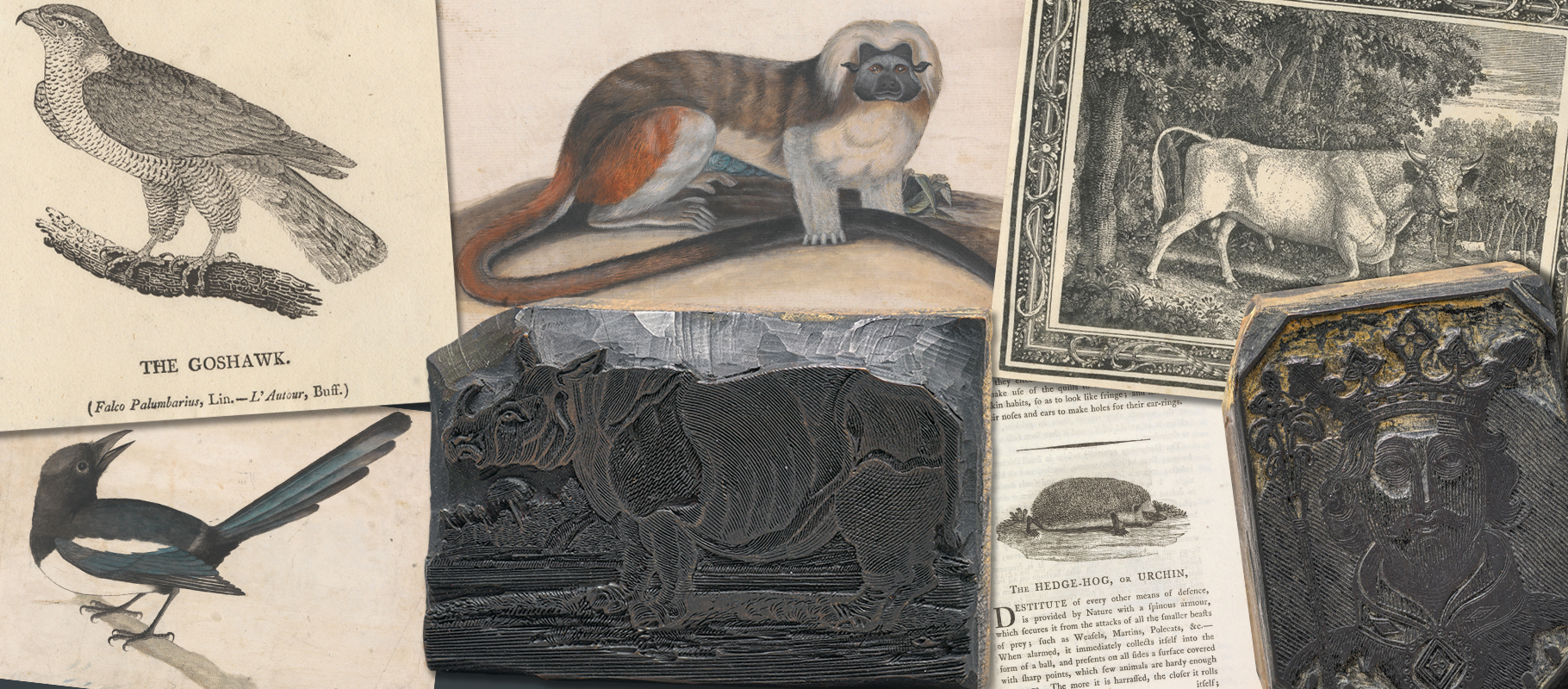 Above: prints, watercolours and printing blocks by Thomas Bewick
Above: prints, watercolours and printing blocks by Thomas Bewick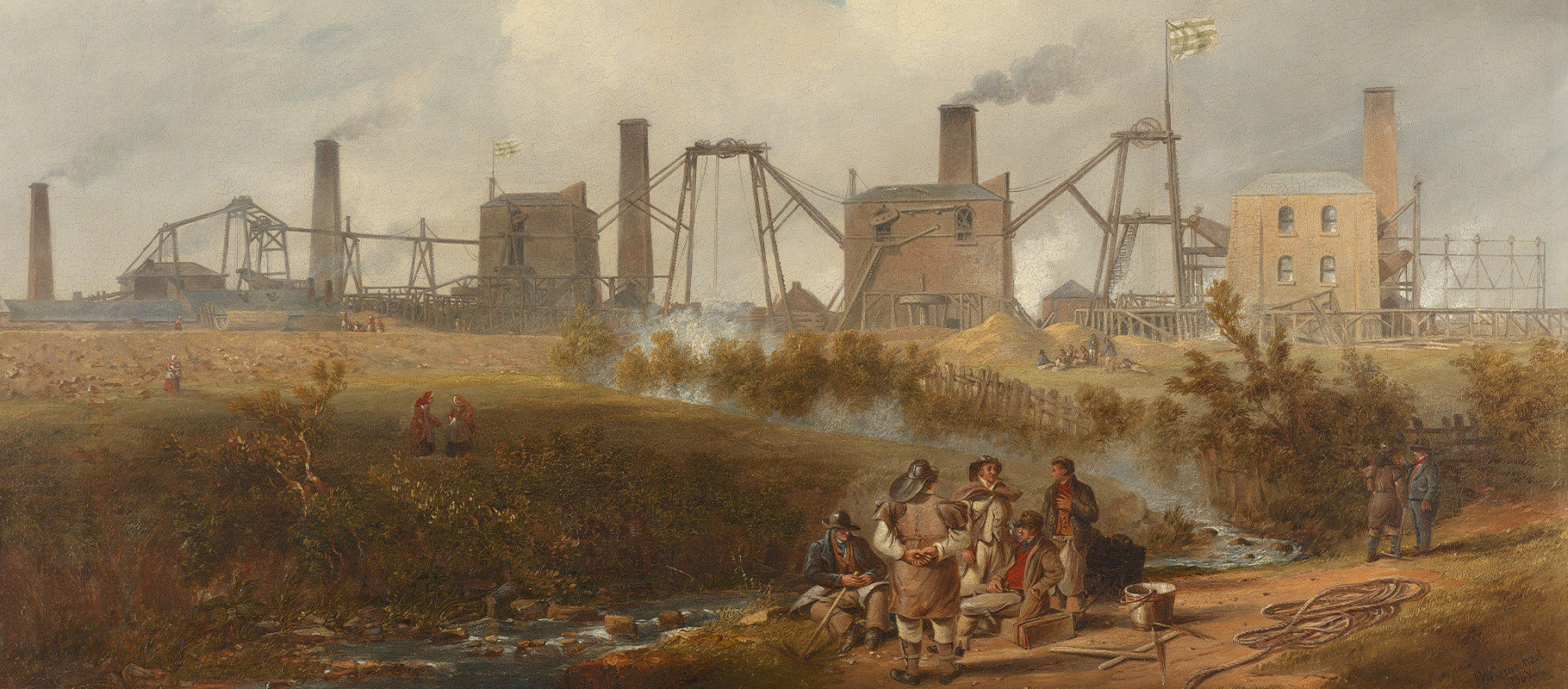 Above: detail from A View of Murton Colliery near Seaham County Durham by John Wilson Carmichael, 1843
Above: detail from A View of Murton Colliery near Seaham County Durham by John Wilson Carmichael, 1843




